An oral history of Mishka NYC

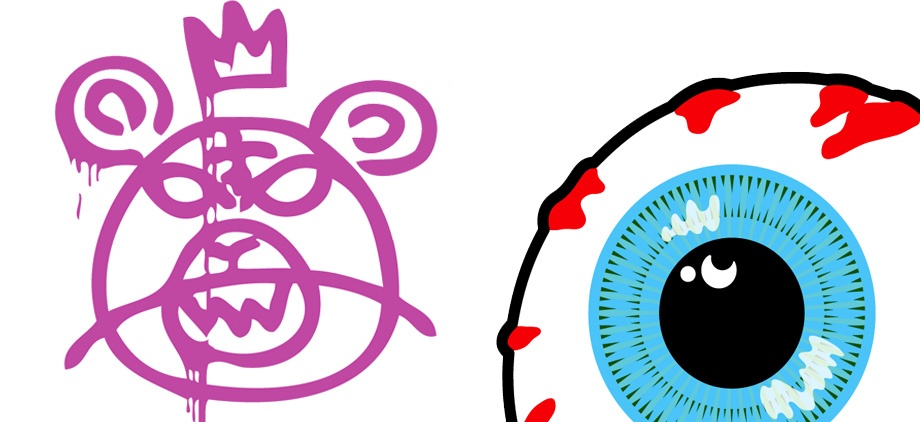
Over the last decade, there have been numerous streetwear brands that have come and gone, all presenting different adaptations to the classic archetypical construction built by brands such as Stussy, Freshjive and Supreme. One of that comes straight to mind is Mishka NYC, a brand that has created its own niche of style formed from their various releases, events and collaborations.
Highsnobiety recently caught up with founders Mikhail Bortnik and Greg Rivera, to get an insight into their greatest achievements with the brand to date. Check out our favourite defining moments below and our full collection of clothing and accessories HERE.
2001/2002: The creation of the iconic Bear Mop
Mikhail: I started doing the bearmop just as a doodle on a sticky pad while I was working around 2001 or 2002. The artist ‘Neckface’ started getting up for the first time, and he wasn’t really like anything most people had seen in the city at the time. It wasn’t your typical graffiti really. That’s what inspired me to start running around and putting the bearmop up in some places. Greg was into stickering a lot and we had that in common. One of the most prominent places I put it up was on Lafayette Street, and that one stayed there for I don’t know how many years. It kind of served as advertisement for the brand while we were getting started because it was right there and people were passing it. That’s the one we ended up vectorizing for our logo, but after a certain point, after we started getting in and out and doing the business, I wasn’t able to go out at night anymore and throw the bearmop up places.
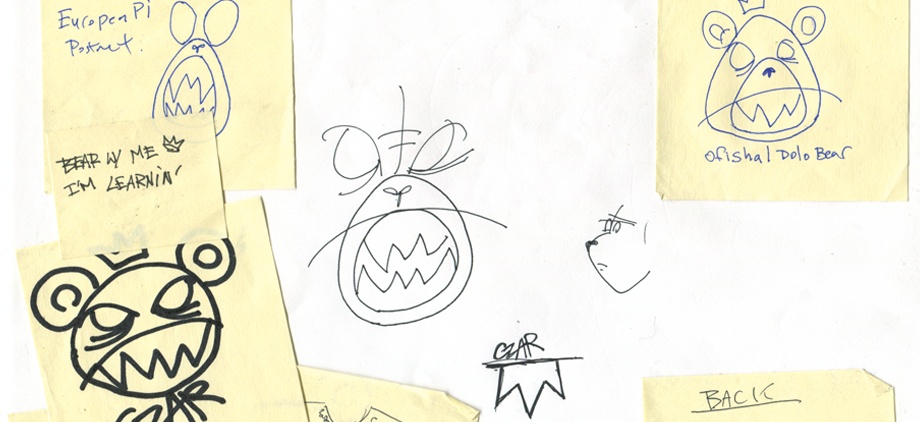
2002/2003: Meeting Greg and starting the brand
Mikhail: I started the brand before meeting Greg. I was at a job that I didn’t like very much. I was really into streetwear at the time — I had been my whole life — and I was really into the ‘sneaker’ culture, so I decided to take a bit of saved money and invest in a bunch of T-shirt designs with no knowledge of how to sell T-shirts. I asked Greg to come in and see if he wanted to do this after several months of getting nowhere with it. He was the only other person I knew who was kind of interested in it and wanted to do this sort of stuff.
Greg: Well, growing up in Florida, it is kind of devoid of street culture, so when I moved up here, I was really influenced by graffiti and street art. A friend of mine actually turned me on to streetwear, stores like Supreme, Alife, Stackhouse and SSUR. It was sort of new to me, but I could really relate to it. I got into punk when I was 15 and I saw a lot of the same DIY ethics, and I liked the idea of someone being an artist and being able to do their art by selling a T-shirt. It was kind of like being in a band, you know?
It can be hard to sell music, but it isn’t as hard to sell a T-shirt. Mike grew up here and knew a lot more about streetwear, but we were into the same sort of things. Mishka started in 2003, but it really started when Mike and I came together. For example, I had this bootleg Freddy Krueger shirt, and I was like, “We should remake this shirt,” and Mike said, “No, but why don’t I take it, put an African medallion on it, and have it say ‘Choppin ‘n’ Poppin.’” I would have never come up with that, and Mike may never have found that bootleg Freddy Krueger shirt because he’s not necessarily scouring eBay like I was. So to me, that’s really what made Mishka what it is today. One of us would come up with an idea and the other would expound on it.
The first collection we did together really showed that we could bring together two worlds that we couldn’t have brought together on our own.
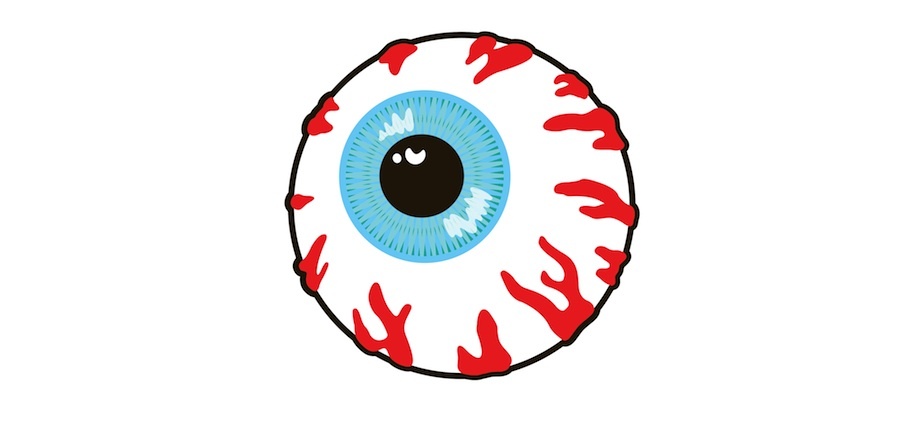
2005: First trip to Japan and the bidding war
Mikhail: There was this weird point in time when we started getting a lot of interest from Japan, and American streetwear has these roots in Japan where it’s almost like you start up in America and get popular in Japan, so there were about three interested parties who were competing to become our Japanese distributor. Prior to that, we were just selling to these guys who were Supreme resellers, I think. They were just buying our stuff and reselling it in Japan, and it was clearly growing in popularity.
We got it in our head to say, “Forget it. Let’s spend all the money that we don’t have and go to Japan.” It was Greg, Eric and me at the time. I had been to Japan once before, and it was Greg’s first trip. The plan was that we were going to go out there and check out all these stores, and meet with all the different people who were interested in us.
Greg: Japan was our number one customer, so we spent all the money we had to go out there, but it gave us the clarity of what the scene in Japan was like. Our trip out there was also why we were and are one of the most established streetwear brands in Japan right now. It’s why we have a store. We went out there early on, really got on the street, and really tried to see how things worked out there.
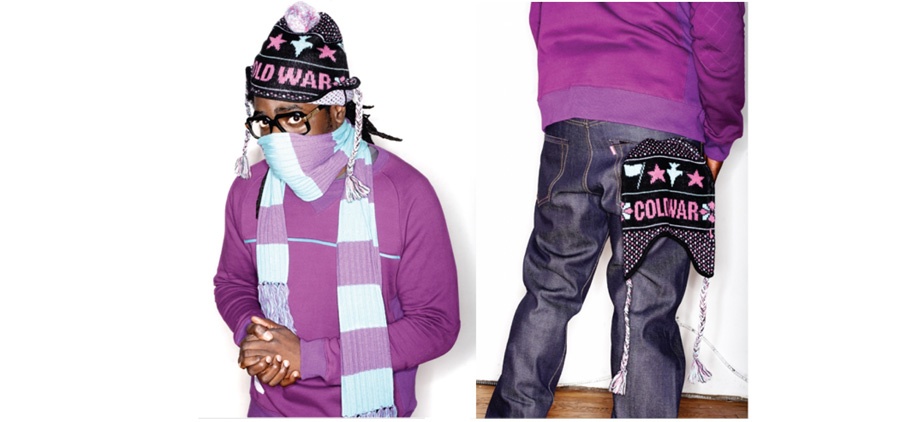
2007: Introduces full Cut and Sew collection
Mikhail: The thing that I remember most about the first cut and sew line is when we introduced it at Magic, which was only a couple of months before we released it. Nobody expected it. We had already been working on it for a while, and we saw other brands like The Hundreds start their cut and sew line. 10.Deep had little bits of cut and sew for a while at that point, but then we rolled through Magic and we had this gigantic collection of everything from backpacks to jeans to jackets to buttondown shirts to this, that and the other, and most people walked in and were taken aback by it. Not necessarily by the designs, like, “You guys reinvented the wheel,” but more like, “Whoa, you guys are actually a real brand now.” That’s what basically cut and sew symbolizes in this world.
Greg: The intro to the cut and sew line directly stemmed from Japan. We had done some sweaters and some little pieces here and there, but when we linked up with our Japanese distributor, part of the agreement was that we needed cut and sew. We needed more than hats and shirts. We needed a full collection, so the company that linked us with the distributor also linked us with production in China. We started producing a full range to offer, essentially for Japan, but the concept was different than a lot of other deals. Generally speaking, the kind of deal that most Japanese distributors would do is that they would produce the cut and sew collections in Japan, and then pay the brand a royalty. We had a different situation.
Mikhail: It used to be that you were basically licensing your brand out to the Japanese to create a cut and sew collection that they kind of controlled. You would import back in and it would be super expensive.
Greg: That was just sort of what was going on with the streetwear scene, at least with a lot of the brands that we were friends with.
Mikhail: This deal was more like, “We’ll help you do it and sell it, but you guys are doing it.” It’s funny because when we look back it at now, it was kind of like being a kid in a candy store. They let us do whatever we wanted without guidance when we really needed somebody to tap us on the shoulder and say, “You really shouldn’t do that because there’s no way you’re going to be able to sell that.” [Laughs] It was a huge learning process.
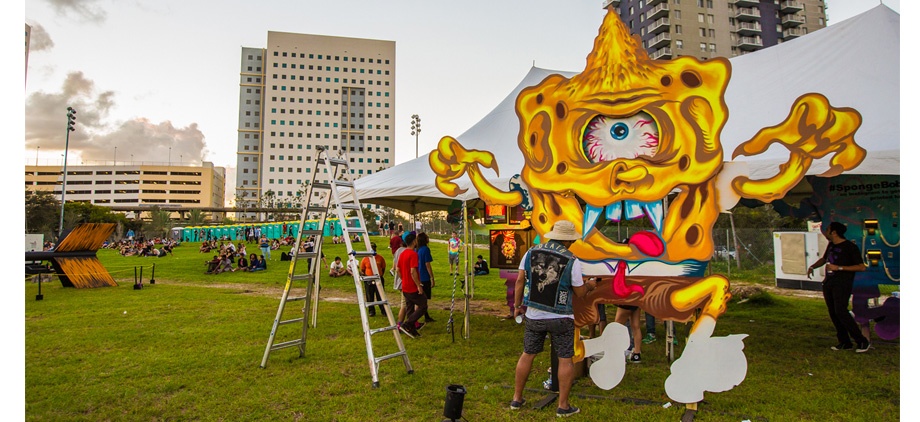
Source: Green Label







